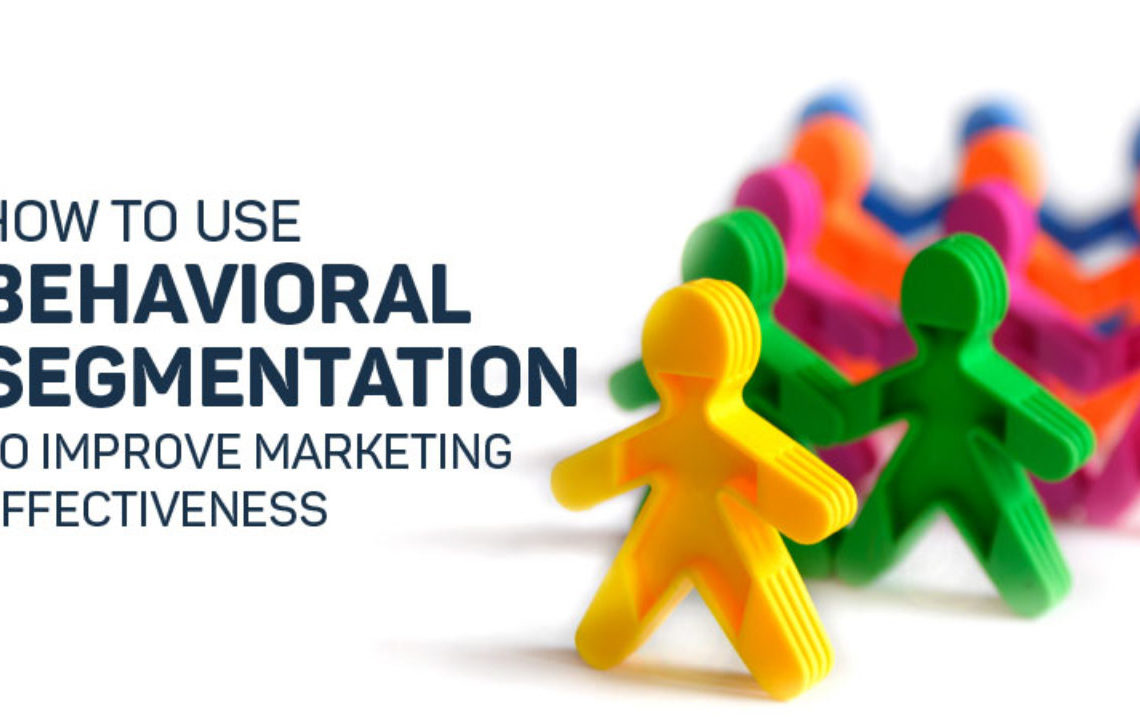
Behavioral segmentation is a powerful marketing strategy that involves dividing customers into groups based on their behaviors and actions. This approach helps businesses understand customer needs, preferences and habits, ultimately leading to more effective targeting.
Here are some steps for implementing behavioral segmentation:
Step 1: Define the Behaviors The first step in implementing behavioral segmentation is to identify the different behaviors that your customers engage in when interacting with your business. These could include things like frequency of use, purchase history or engagement levels.
Step 2: Collect Data Once you’ve identified the behaviors you want to track, it’s time to collect data on them . This can be done through tools such as Google Analytics , CRM etc
Step 3: Analyze the Data Next up analyze collected data & look for patterns across different behavior segments .For example:
- Identify users who have made multiple purchases vs those who haven’t purchased anything yet.
- Users engaging regularly with our app/website versus those who don’t visit frequently
Step 4: Define Segments Use insights gained from analysis above define customer segments based on various behavioural factors . For instance :
- High-engagement users – scored “4” or above
- Low-engagement users – scored “2” or below
By defining these segments we ensure better understanding about pain-points within each group thus resulting into creation of highly personalized campaigns tailored towards specific user-groups
Step 5: Create Targeted Campaigns Using these defined customer segments create targeted campaigns with unique messaging tailored towards each group .For example:
- Users who frequently engage may be offered rewards/discounts/promotions as incentives while low-engagement segment might require reminders/information about new features/offers etc.
By creating targeted campaigns we ensure better engagement rates among our audience ultimately leading towards increased retention rates & revenue streams
In conclusion by using Behavioral Segmentation strategies businesses can effectively target specific groups of customers /users based on patterns observed throughout their behavior, eventually leading towards higher user satisfaction levels & better ROI.
